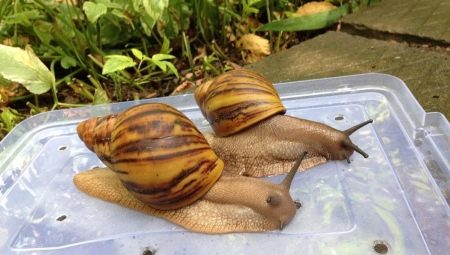Achatina snails are exotic pets that differ not only in their unusual appearance, but also in excellent appetite. In order for Achatina to feel good, to fully develop and not experience health problems, her menu should be varied and balanced. Consider what foods you can and cannot feed such pets, and how to properly develop their diet.
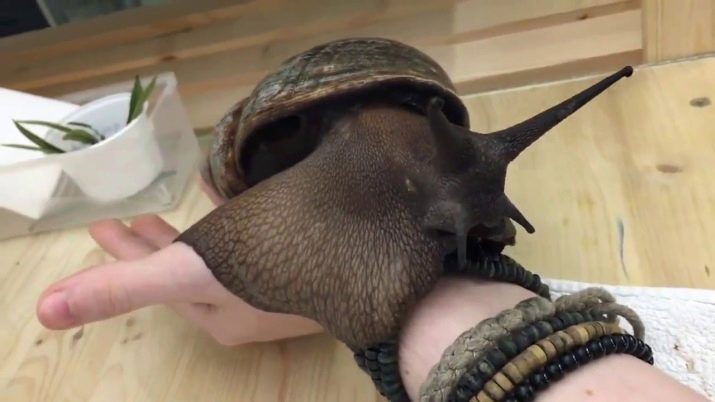
What can I give?
Achatina are considered omnivorous creatures that do not have special food requirements. In the wild, they gladly absorb both fresh plant foods and rotting plant debris. However, when composing a diet, Achatina should not be focused solely on products of plant origin. For the normal development of these large mollusks, in addition to fiber, additional useful and nutritious substances are needed: calcium and protein.
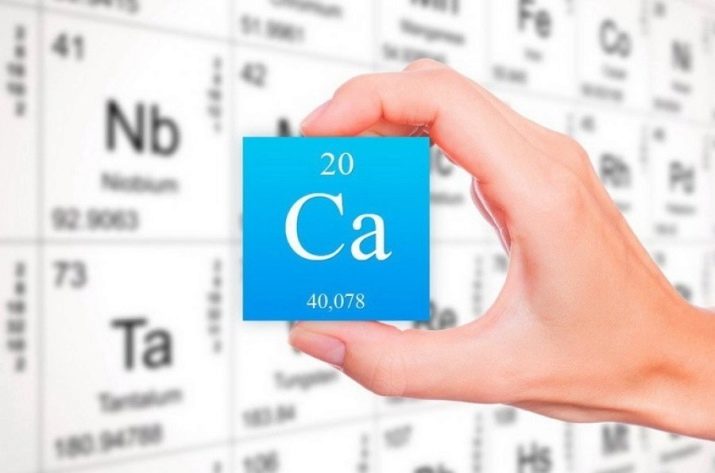
Fiber is essential for snails to maintain energy and vitality. In vivo, sources of fiber are the basis of the Achatine diet. Calcium is required to build a strong and durable shell. With its deficiency, mollusks become vulnerable, and their shell will develop irregular, deformed, prone to damage.
Achatina needs protein for full growth. It is noted that regular feeding of snails with protein products activates the process of their physical development.
The ratio of fiber sources to calcium and protein sources in the snail's diet should be approximately 70: 30.
Thus, of the total daily volume of products for feeding the snail, more than half should be plant-based food.
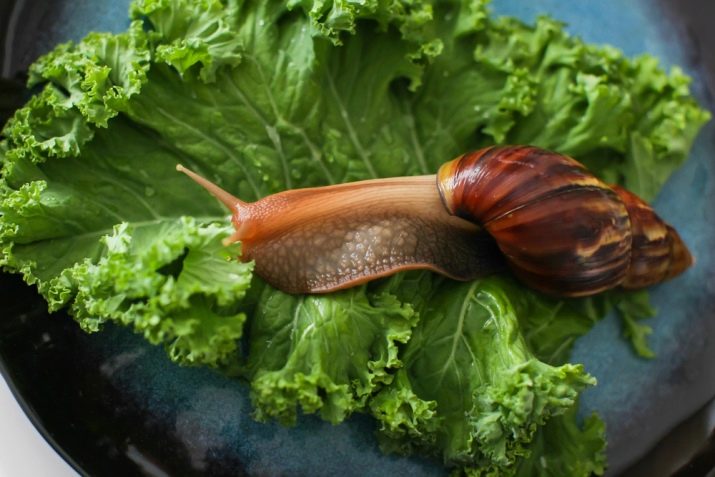
List of herbal products recommended for feeding Achatina:
- fresh fruits and vegetables: zucchini, bell pepper, broccoli and Beijing cabbage, corn, peas, pumpkin, carrots, cucumbers, Jerusalem artichoke, tomatoes, squash, raw and boiled beets, apples, peaches, melon, pear, plum;
- fresh herbs: parsley, dill, celery, lettuce, spinach, arugula, dandelion leaves, ordinary meadow grass, clover, plantain, beet tops and carrots;
- berries (occasionally): strawberries, cherries, cherries, raspberries, sweet gooseberries, sweet currants.
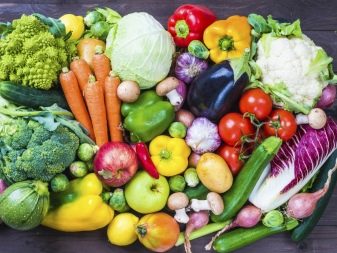
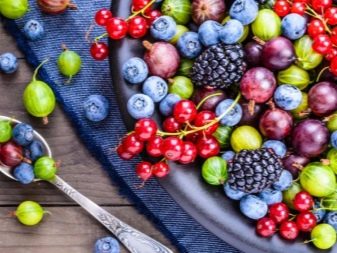
It is not recommended to feed pets with very acidic plant foods. For example, if you really want to treat a kiwi snail, you should choose the fruits of the sweetest varieties. They like to eat these mollusks and other tropical fruits - for example, ripe (but not overripe!) Avocados, mangoes.
Some plant foods need to be scalded before serving. Compulsory scalding is subject to white cabbage, nettle leaves. It is only necessary to feed clean fruits and vegetables, well-washed greens. Do not feed Achatina with dirty or expired products.
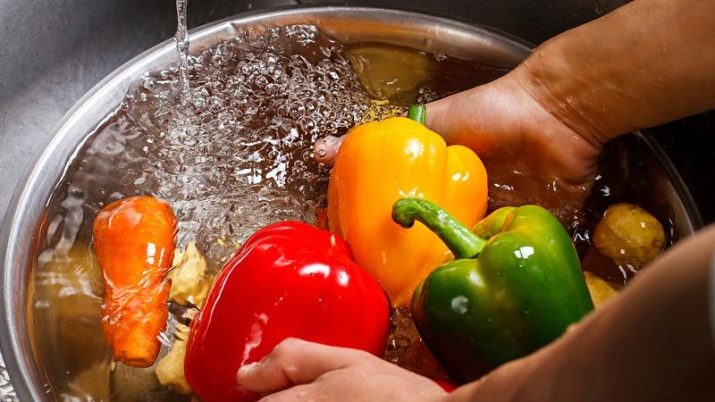
Consider a list of calcium sources recommended for feeding Achatina:
- powdered eggshell of chicken or quail eggs;
- cuttlefish shell - in ground form or in whole piece;
- shell rock;
- bone flour.
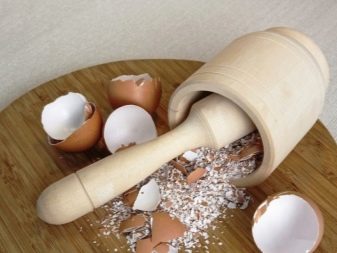
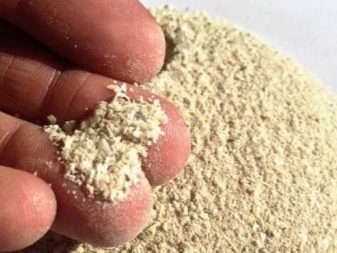
Some Achatina willingly consume cottage cheese, however, it should be given to mollusks occasionally, in small portions. Ground shell or sepia is added to the main food of snails as a top dressing. So that an exotic pet always has access to a source of calcium, a piece of chalk can be put next to the Achatina house. In addition, chalk can also be used as top dressing, grinding it into powder.
Sources of protein recommended for feeding mollusks:
- daphnia;
- gammarus crustaceans;
- various types of edible mushrooms (champignons, brown mushrooms, honey mushrooms);
- the beans.
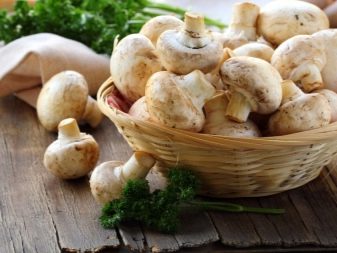
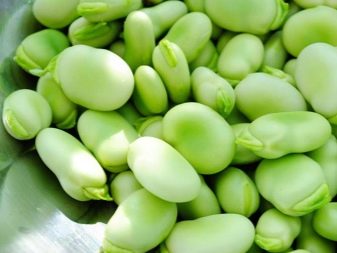
Daphnia and gammarus are the main types of dry food for aquarium fish, which can also feed Achatina snails. To fill the needs of mollusks in animal protein, it is enough to add 1 teaspoon of dry ground daphnia or gammarus to their main food 2 times a week.
With great pleasure, exotic mollusks consume foods that are sources of vegetable protein. These include various cereals (oatmeal, barley, rice), plant seeds (pumpkin seeds, sesame seeds, flax seed). However, experienced owners of Achatina snails do not recommend giving protein supplements to pets too often. Excessive protein intake can cause swelling, increased mucus production, and even death of the mollusk.
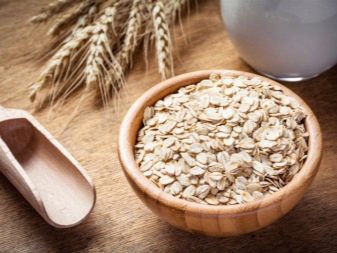
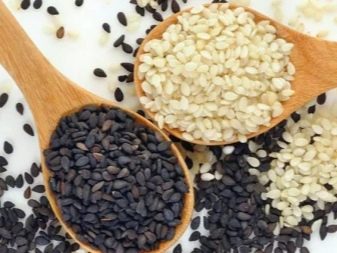
Prohibited Products
Despite the fact that these amazing creatures are considered omnivorous, not every product is suitable for their feeding. So, some types of products are poorly absorbed by the body of mollusks (or are not absorbed at all), others cause digestive upsets, and others may even provoke the death of the cochlea.
Products prohibited in the diet of Achatina:
- bakery and confectionery products, any pastries (bread, rolls, bagels, crackers);
- pasta, noodles;
- sweets;
- smoked meats;
- high acid fruits and vegetables;
- pickled dishes;
- any dishes with sauces, ketchup, mayonnaise.
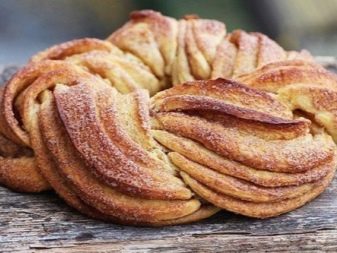
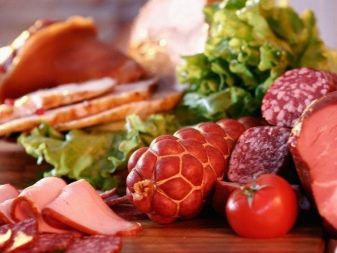
It is strictly forbidden to give exotic shellfish any products containing salt. For these creatures, salinity is deadly. Salt corrodes the snail's tender body, causing her incredible suffering. Mollusks and spicy foods are not allowed in the diet. These include radishes, garlic, onions.Raw immature potatoes containing a large amount of solanine, a toxic compound that can cause severe poisoning and death of the mollusk, are also banned. With great caution, it is allowed to give achatins only ripe boiled potatoes, and then in strictly limited quantities.
You can’t feed Achatina with products containing preservatives, stabilizers, flavor enhancers, flavors or other chemical additives.
Such food can cause poisoning of African snails. When compiling the diet of mollusks, one should be guided by what they eat in their natural habitat. It is logical that in the wild the African snail is not able to eat smoked, salted, spicy, pickled products containing spices and seasonings.
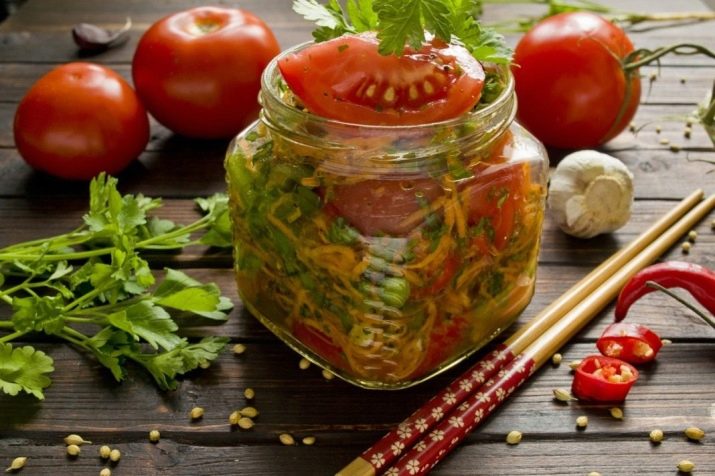
Food rules
Despite the excellent appetite, healthy achatines do not need frequent meals. The optimal feeding schedule for adult mollusks involves 3-4 meals per week. Given that in the daytime, Achatina are mostly dormant, they should be fed late in the evening. With the onset of dusk, the activity of these creatures increases, in the evening they wake up and begin to search for food.
When preparing food for pets, make sure that the dish has room temperature and is not cold or hot.
After the meal, pets should be removed. All half-eaten leftovers are usually removed from the terrarium in the morning when the well-fed mollusks fall asleep.
Experienced owners of Achatina strongly do not recommend feeding their pets stale, expired, spoiled, rotting, moldy products. Despite the fact that in their natural habitat these snails often eat rotting and decaying plant residues, they should not be given such products at home. This is due to the fact that in domestic mollusks the digestive system is poorly adapted to such a diet.

Water requirement
These exotic creatures feel the need not only for quality food, but also for clean drinking water. Without access to a water source, the snail will die quickly. Water is necessary for the body of mollusks for normal thermoregulation, the production of mucus, and the optimal functioning of vital systems. To maintain a comfortable level of air humidity, it is necessary to install a flat and wide tank with water in the terrarium and regularly spray the soil and the walls of the tank. Moving inside the terrarium, snails will consume water as needed.
It is important to note that only filtered, bottled or boiled water should be used. It is not allowed to give snails tap, dirty and mineral water. The capacity with the liquid should be wide enough, but in no case high. In a container with high sides, the mollusk can choke.
Some Achatina, in addition to water, enjoy milk. If the snail is interested in this drink, you should periodically treat it to them in small quantities. However, it should be borne in mind that milk is unable to compensate for the need for clean drinking water.
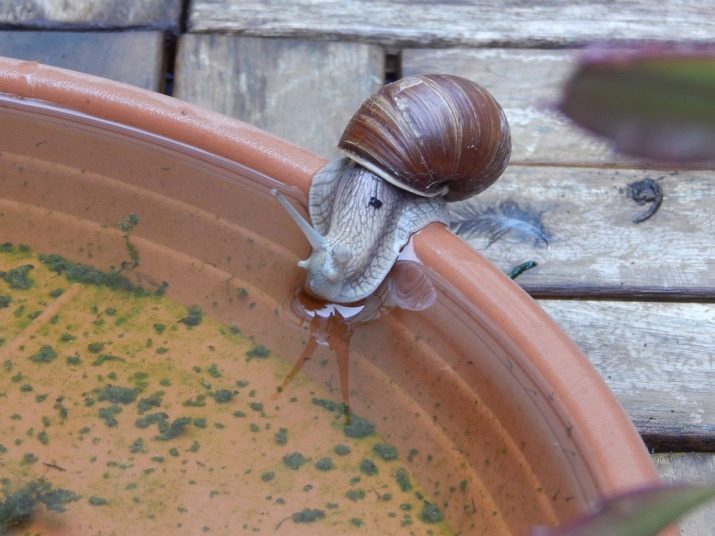
Feeding small mollusks
Newborn Achatina in the first days after their birth do not require any food or feeding. At the very beginning of life, to build strength and develop it, they have enough food in the form of shell fragments from their eggs. After a few days, stronger babies can already be fed with the same food that adults eat. However, for better assimilation, food products for small Achatina need to be carefully chopped with a knife.
It is not recommended to use a blender that knocks food into a pulp mass. Once in a friable substance, small Achatina can suffocate.
At the beginning of accustoming small Achatina to an adult diet, herbal products should be used. So, at first it is allowed to feed the kids finely chopped lettuce leaves, previously boned in ground eggshell or chalk powder. When small snails are a little used to such a diet, other feed options can be introduced into their diet - for example, grated apples, carrots, cucumbers, pumpkin.
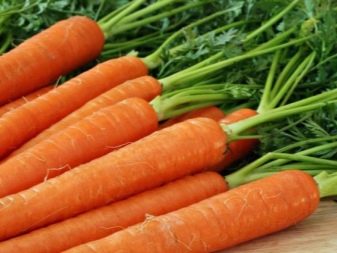
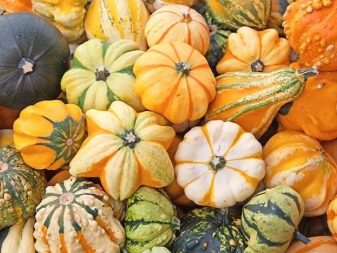
In order for the kids to form a beautiful shell of the correct shape, it is necessary to add useful calcium supplements to their food. With calcium deficiency, the shell in Achatina develops very fragile, prone to damage. Small Achatina need vitamin nutrition. Partially this need is compensated by fresh vegetables, herbs and fruits. However, for the best development of babies, it is advisable to add special vitamin complexes to their diet.
The need of growing mollusks for protein can compensate for top dressing in the form of dried daphnia or gammarus. Over time, other sources of proteins should appear in the diet of babies: mushrooms, legumes. By about three weeks of age, growing mollusks are already able to consume the same food as adults. At this stage of life, it is already possible to fearlessly compose their diet from permitted fruits, vegetables, cereals, mushrooms, herbs and herbs.
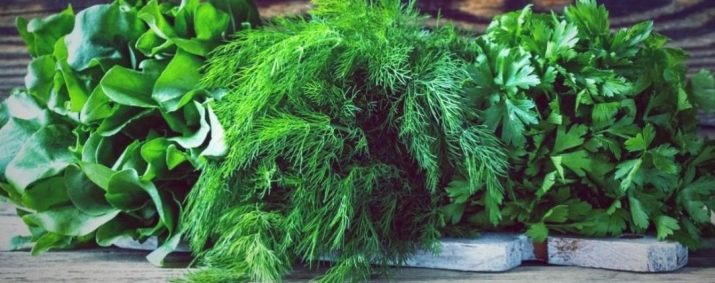
Gradually accustoming small Achatina to an adult diet, it is necessary to monitor its diversity. According to experienced owners of these exotic creatures, a monotonous menu can further seriously affect the nutritional preferences of Achatina. For this reason, it is important to prevent snails from getting used to a certain type of food. Special attention should be paid to the diet of small Achatina, born in the winter. At this time of year, the choice of vegetables, fruits and herbs is extremely limited. At the same time, store-bought vegetables and fruits are not always able to fill the need of growing snails for fiber and vitamins.
Experts recommend that the diet of small snails be based on protein sources and cereals. Fresh greens, which is easy to grow on the windowsill, will also be an excellent food option.
Observations show that growing Achatina gladly absorb chopped leaves of young lettuce, chopped parsley and dill.
Before feeding babies Achatina with store-bought vegetables and fruits, it is necessary to thoroughly peel the fruits from the skin. It is known that it contains the largest amount of harmful nitrates and pesticides, which can negatively affect the well-being of small mollusks.
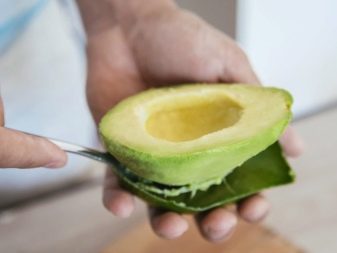
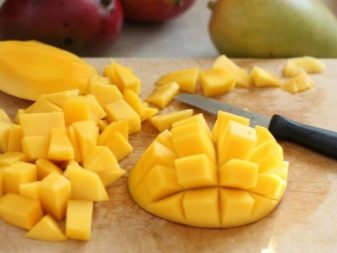
Frozen vegetable mixes are suitable for feeding babies. The composition of such mixtures usually includes legumes (peas, green beans), corn, cauliflower, broccoli. Before serving, make sure that the temperature of the feed is at room temperature. It is not allowed to give cold or non-thawed foods to Achatina. It is necessary to feed the growing individuals every day. In the first weeks of life, exotic snails grow very quickly and spend a large amount of energy on their development. A well-balanced, balanced and varied diet will allow you to compensate for the energy costs of small Achatina.
It is recommended to replace the feed in the house of growing Achatina every 4-5 hours. With increased humidity in the terrarium, food debris begins to decompose quickly, which can cause an outbreak of bacterial infection among young animals. You should also worry about the fact that small Achatina always have free access to clean water. Also, one should not forget about regular spraying of the soil and the walls of the home, which contains the younger generation of exotic pets.

Having taken care of the quality and variety of the diet of both small and adult Achatina, their owner can be sure that his pets will fully develop and grow without experiencing health problems.
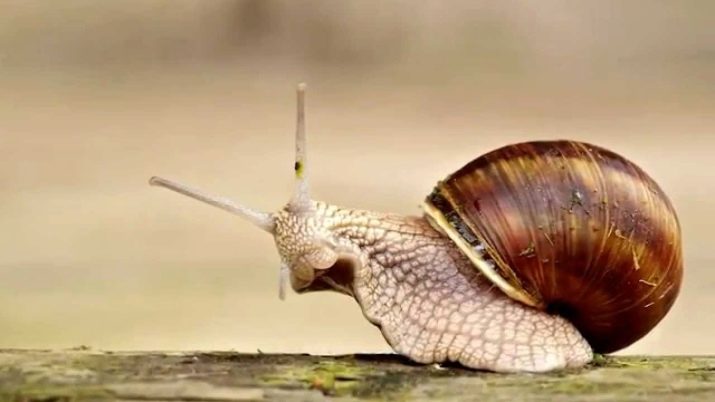
You will learn how to quickly and easily prepare Achatina food from the video.
